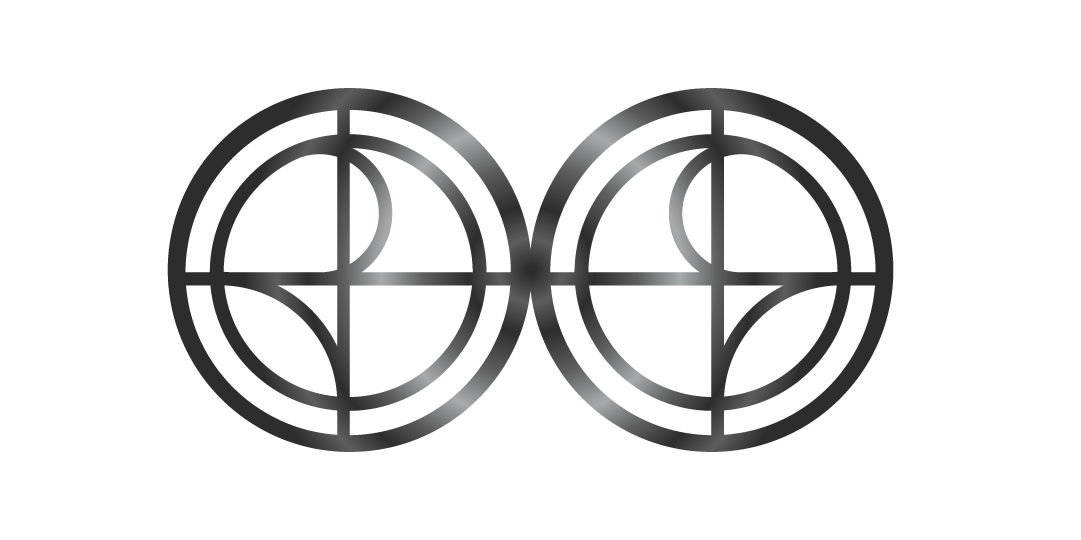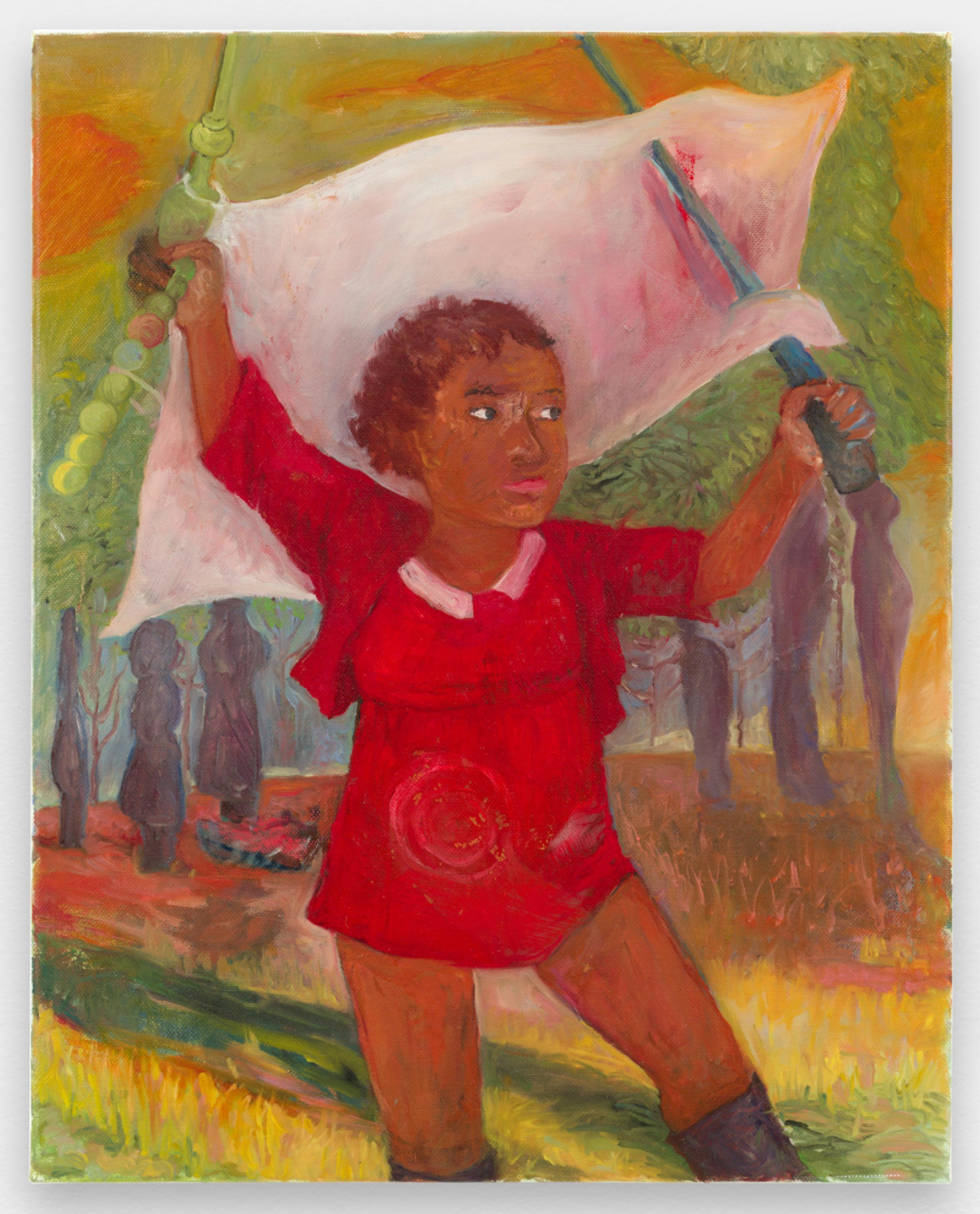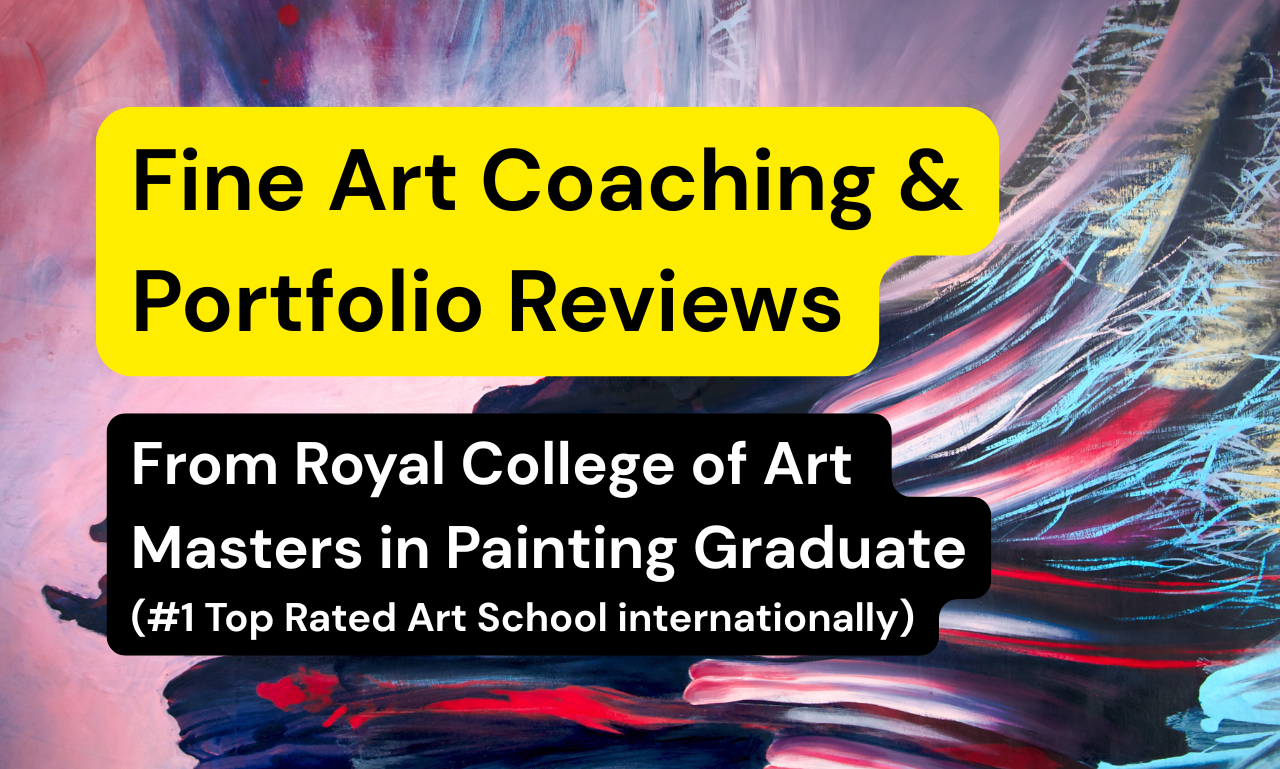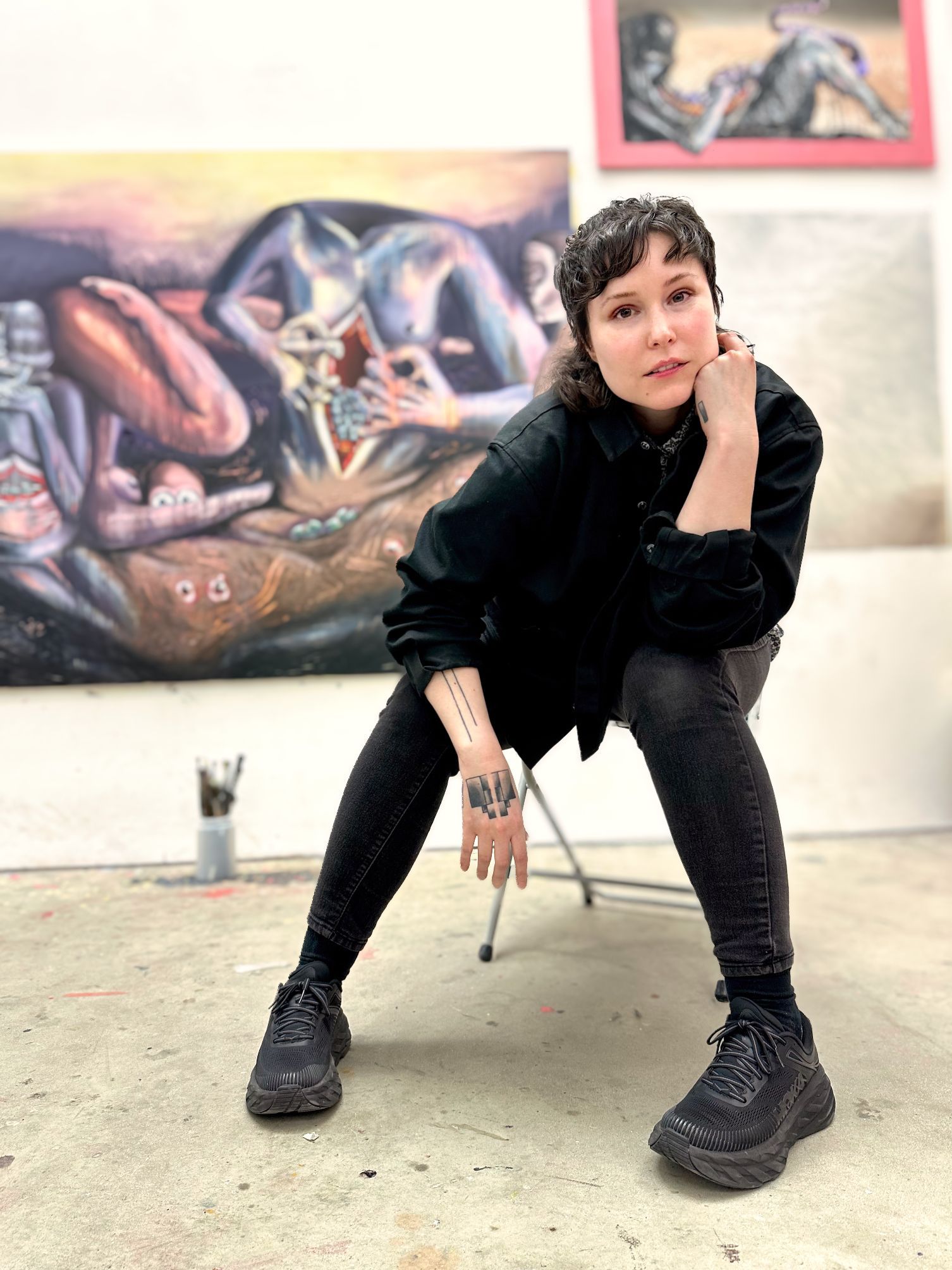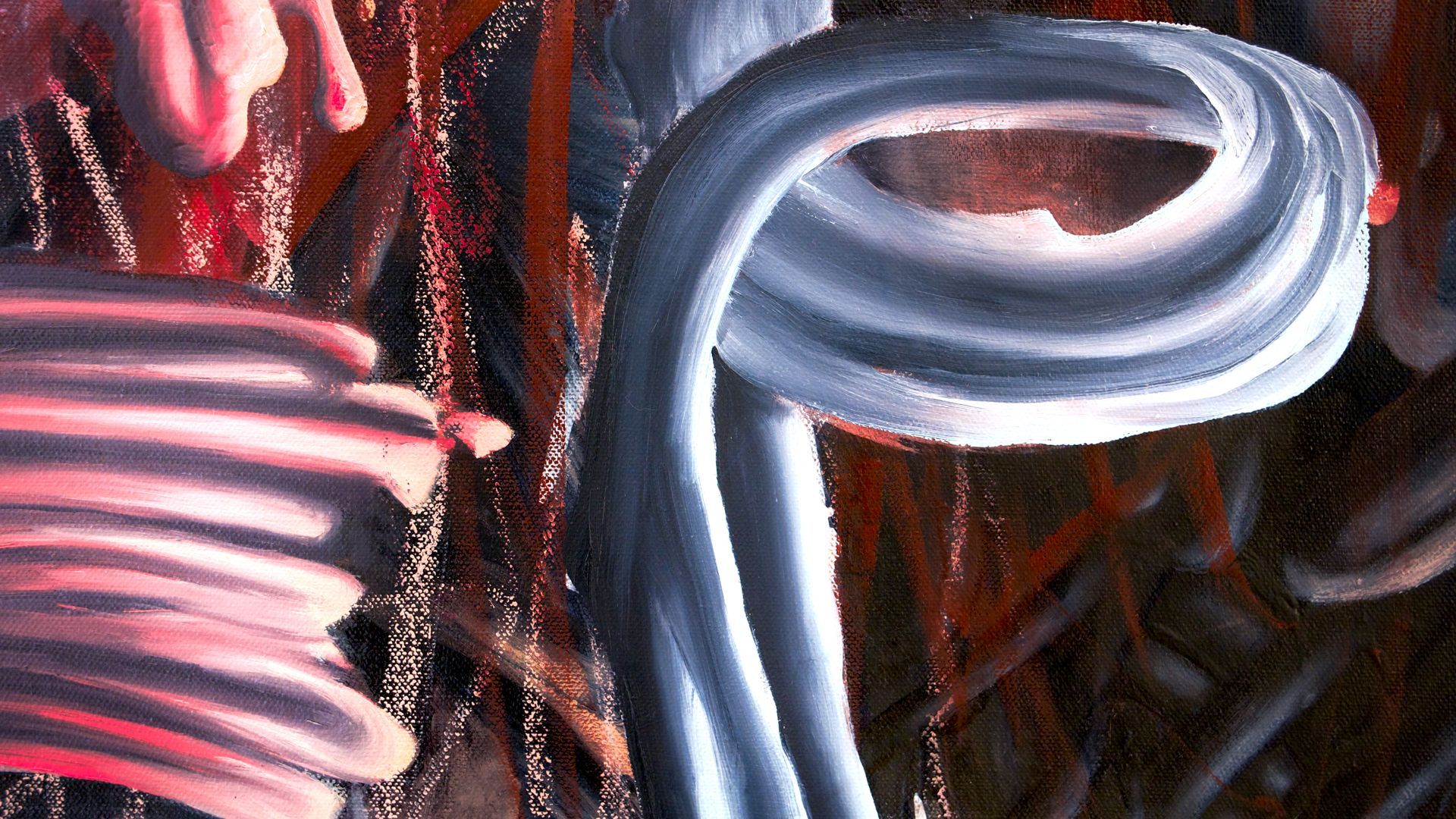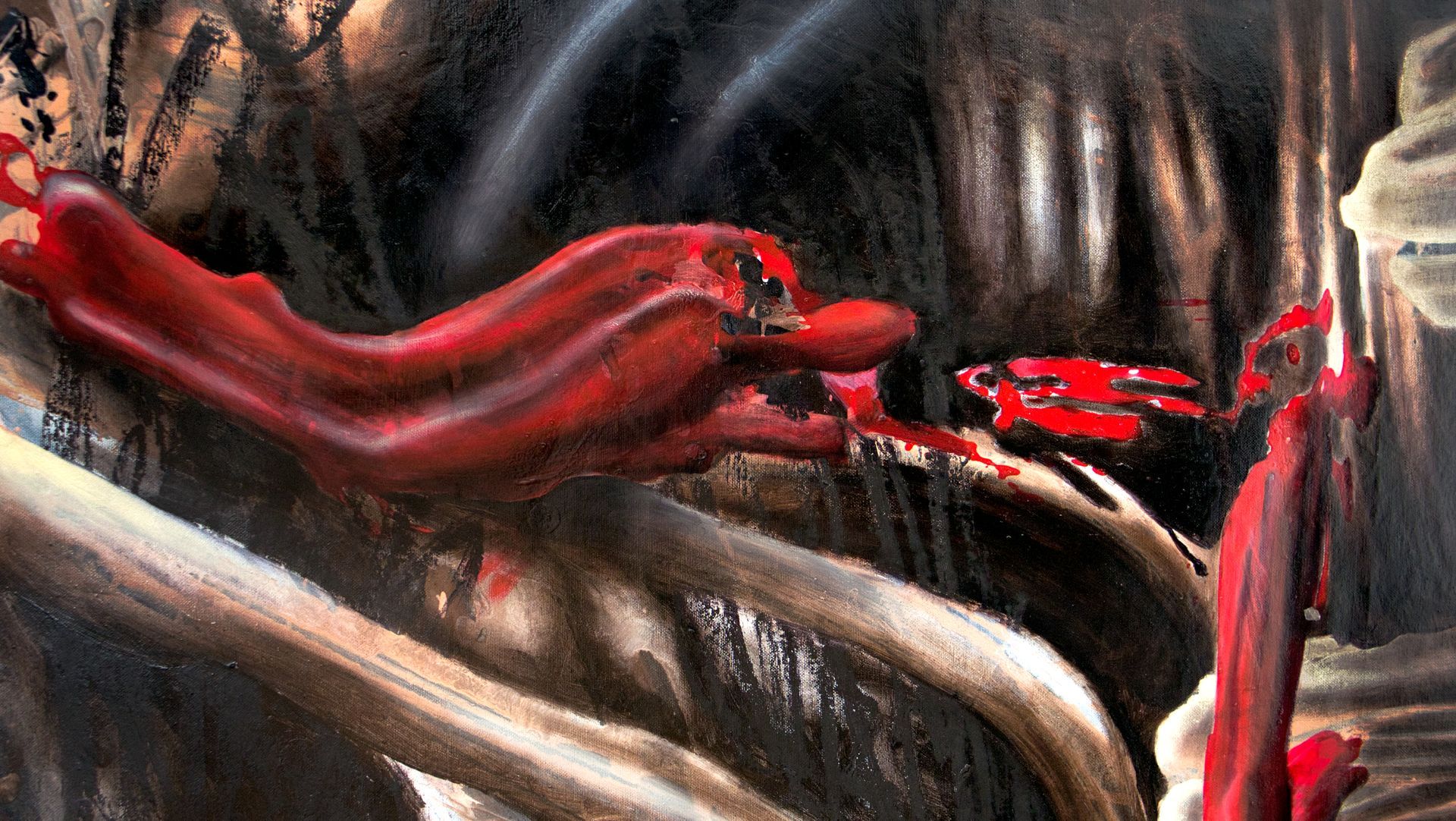Lala Drona is a Franco-American fine artist of Venezuelan heritage working between Paris and London. Her practice spans painting and video, probing the body not by appearance but by sensation: an interior landscape of memory, intervention, and transformation. She recently completed her Masters in Painting at the Royal College of Art.
Philemona Williamson’s Lopsided at Semiose Paris: Childhood, Memory, and Resistance on Canvas
In her new Paris exhibition at Semiose Gallery, Philemona Williamson reimagines childhood as allegory, layering memory, play, and defiance in vivid paintings.
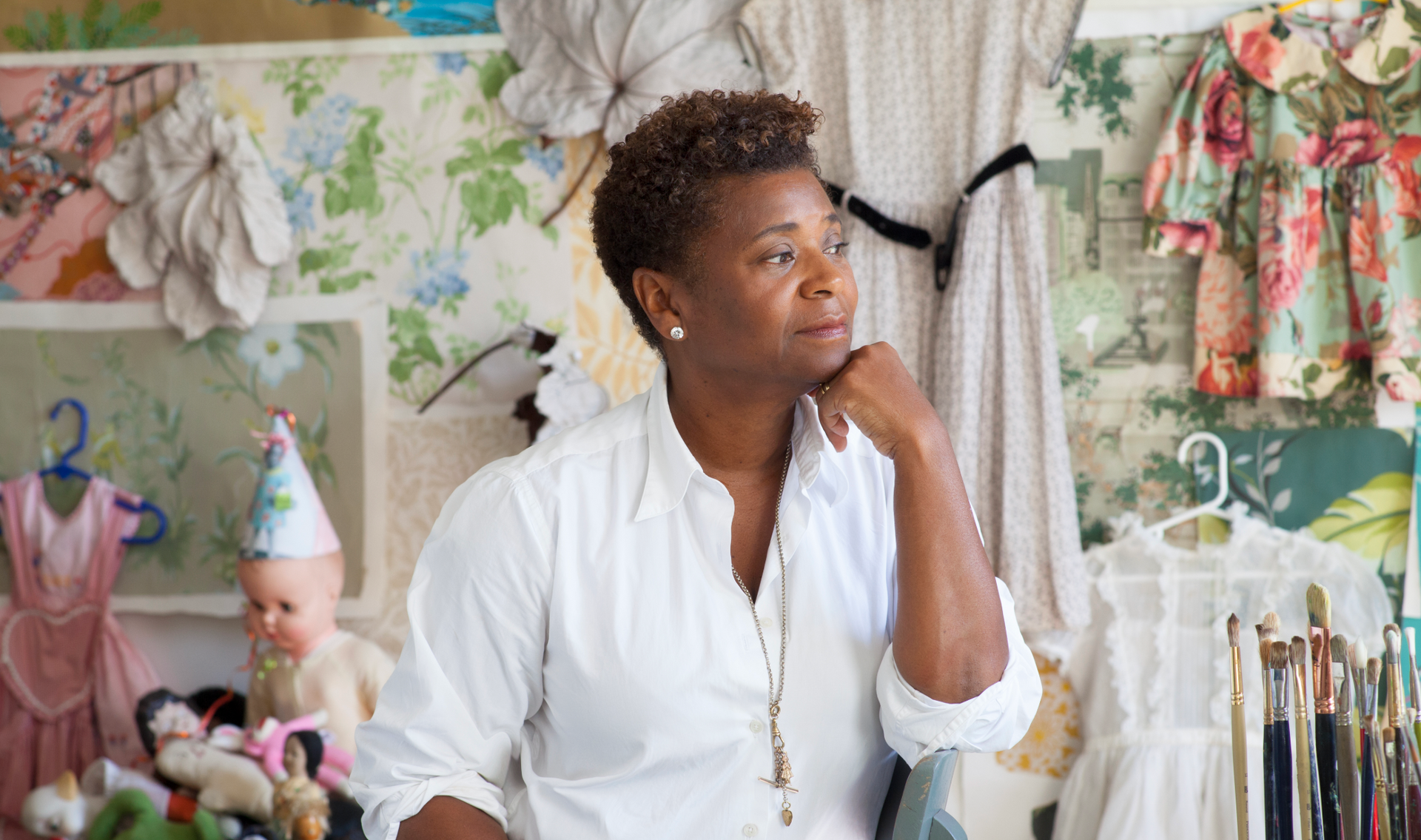
The Pull of “Lopsided”
Last Saturday in Paris, Semiose Gallery opened its duo exhibition, with the front room wholly devoted to Philemona Williamson’s latest exhibition, Lopsided. Even before entering, I was struck by the title. Lopsided isn’t a word we encounter often in the art world; it suggests imbalance, refusal of symmetry, a tilt that destabilizes and reveals. By coincidence, I had just finished a painting of my own titled Lopsided Prophecy, so the word already carried weight for me. Seeing it naming Williamson’s exhibition pulled me in directly, as if the show itself were already part of an ongoing conversation.
Childhood as Resistance
Inside, the space transformed into a cinematic corridor, lined with small-format canvases that read like memory-stills, each painting pulling viewers closer, each one slowing down time. Williamson reworks childhood not as nostalgia but as a terrain of fragility and resilience. The artist herself told me during the exhibition that the children grow up in environments that weren't really made for them. That tension charges every canvas.
In Shall Not Be Moved (2025) (image above), a lone figure braces against invisible forces, rigging a makeshift parachute. It is both play and protest: ingenuity turned into resistance. Elsewhere, in Blue Jays, Pink and Brown Limbs (2025), outlines remain raw, unfinished—forms half-emerging, half-receding—like memory itself, fragmentary and insistent. These paintings don’t conclude; they suspend.
Brushwork, Transparency, and the Unfinished
Her brushwork intensifies this drama. At this smaller scale, you can feel the hand in every mark: strokes accumulate, leaving behind the trace of insistence, the labor of painting itself. Layers of transparency open the surface, figures hovering as if between apparition and disappearance. In
Blue Jays, Pink and Brown Limbs
(2025)(1st image below), parts remain deliberately “unfinished,” (2nd image below) slipping into the half-formed realm of memory or dream . This refusal of completion pulls us into the in-between—where nothing resolves, but everything vibrates.
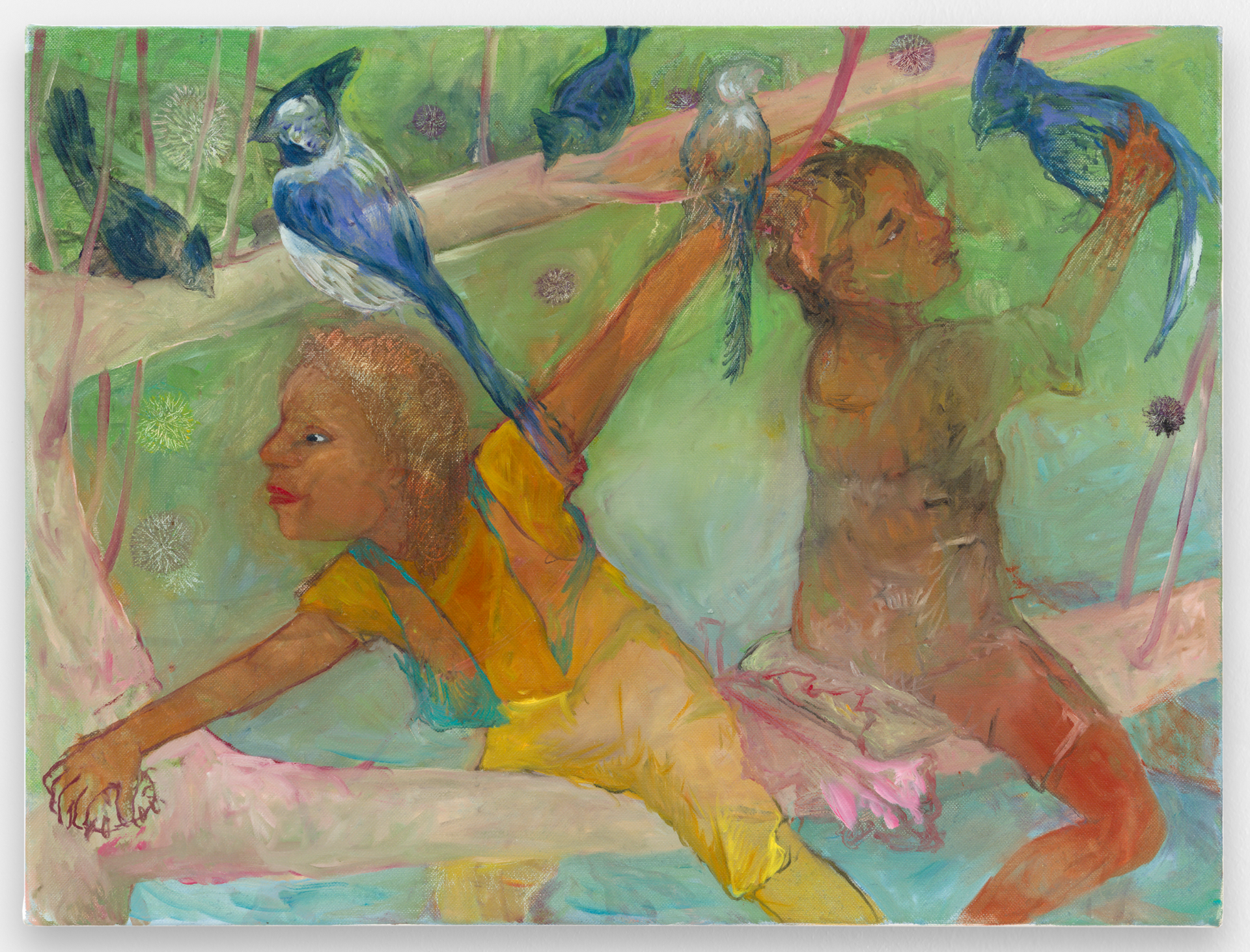
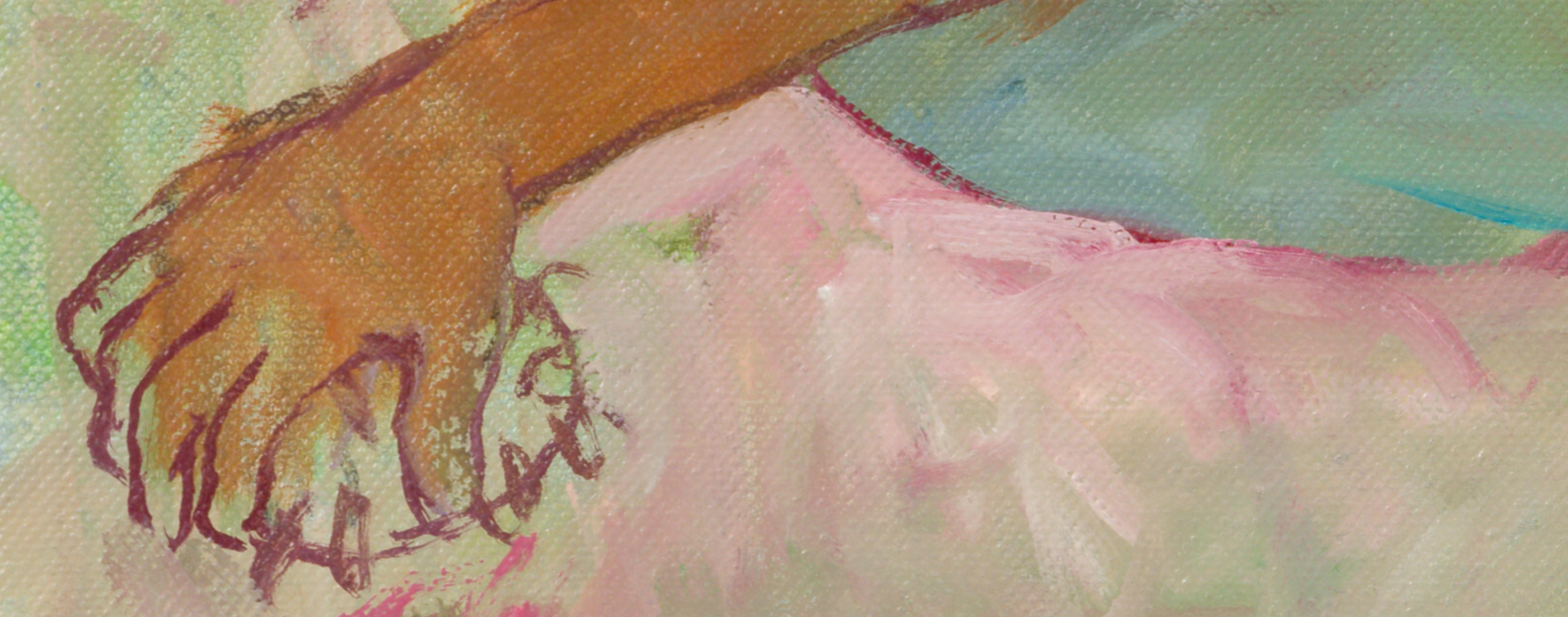
In Dialogue with Art History
Placed in Paris, Williamson’s work inevitably brushes against a long lineage of childhood in painting: Balthus’s voyeurism, Gauguin’s exoticism, Carroll’s Alice. But she redirects the conversation entirely. Her figures are neither passive muses nor distant projections. They belong to themselves, closer in spirit to Paula Rego’s feminist fabulism: bodies staging their own dramas, never reduced to spectacle.
In Boundary Crossed (2023) (image below), two Valkyries straddle a carousel horse, already outgrowing toys, demanding mythic scale.
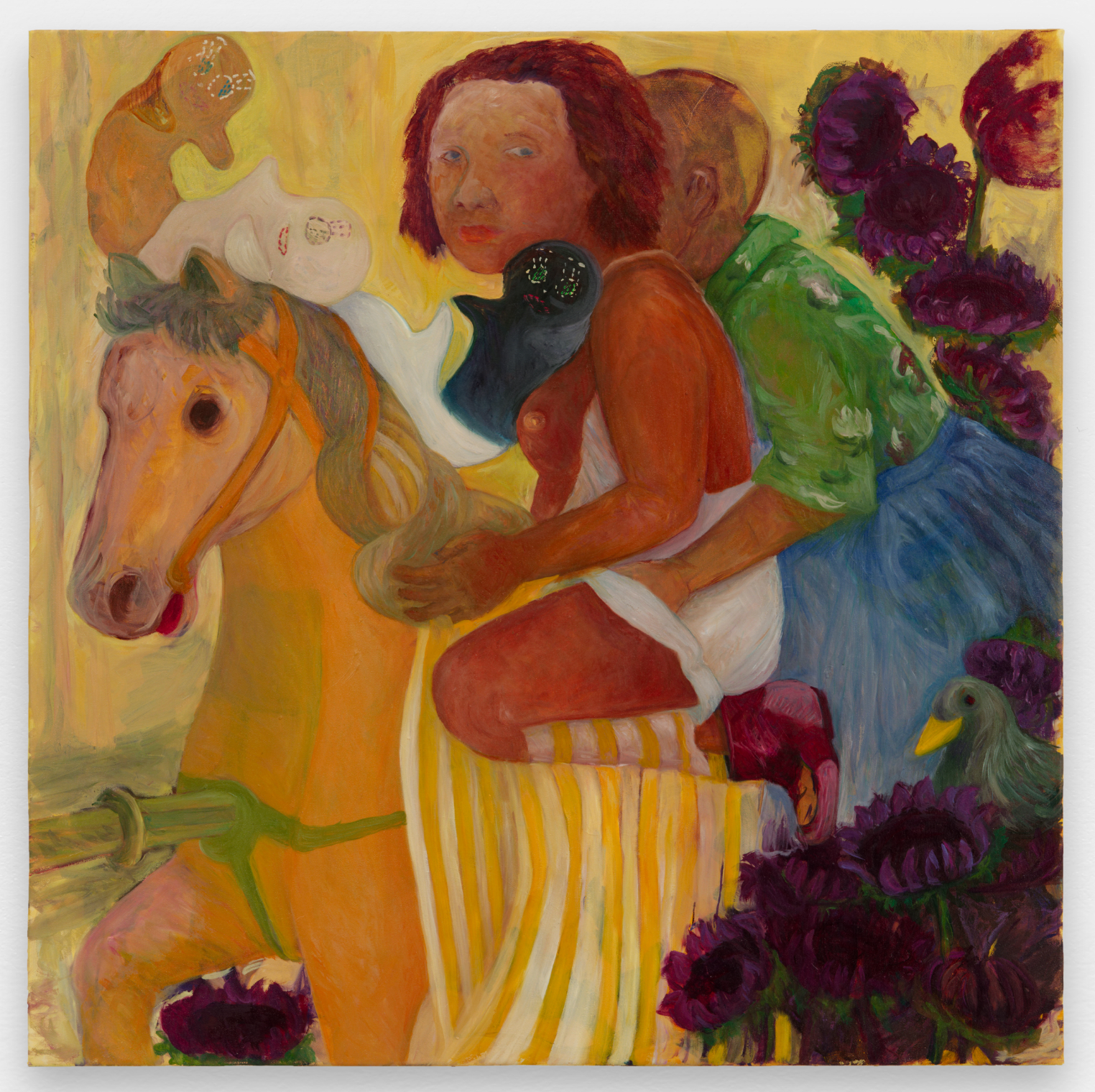
Why Lopsided Matters in Paris Now
Semiose’s decision to foreground these small canvases is sharp.
Lopsided is intimate yet seismic, carrying both autobiography and allegory. In a Paris art season flooded with spectacle, Williamson’s show cuts differently: it doesn’t dazzle from afar; it pulls you in close, makes you crouch, makes you listen. Childhood here is not sweetness or loss. It is a battlefield of becoming. See the exhibition taking place between August 30th - October 11th.
Exhibition Information
Lopsided — Philemona Williamson
The Nature Poem — Laurent Proux
Semiose Gallery
44, rue Quincampoix, 75004 Paris
August 30 – October 11, 2025
semiose.com
About the Artist
Philemona Williamson (b. 1951, New York) is an African-American painter whose luminous, enigmatic canvases explore the thresholds of childhood, identity, and memory. Working directly on canvas without preparatory sketches, she creates layered palimpsests where figures emerge and recede, echoing the unfinished quality of dreams. Her subjects—children and adolescents—inhabit ambiguous worlds that oscillate between tenderness and resistance, autobiography and allegory. Williamson’s work has been exhibited across the United States and internationally, including retrospectives at the Montclair Art Museum and solo shows at Semiose, Paris. In 2022 she received the Anonymous Was A Woman prize. She lives and works in Montclair, NJ - instagram @philemona8
